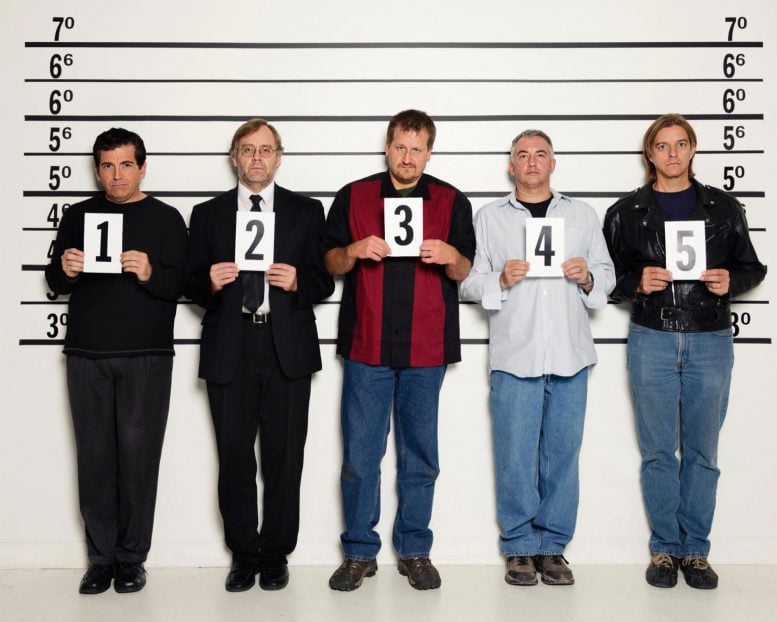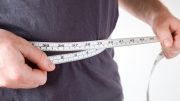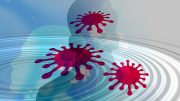
Police Lineup
Eyewitnesses can identify perpetrators more accurately when they are able to manipulate 3D images of suspects, according to a new study.
A team of researchers in the University of Birmingham’s School of Psychology developed and tested new interactive lineup software which enables witnesses to rotate and view lineup faces from different angles.
When the eyewitnesses were able to rotate the image to match the alignment of the face in their memory, they were more likely to accurately pick out the criminal from the lineup.
Lineups are used around the globe to help police identify criminals. Typically these involve witnesses examining an image of the suspect alongside ‘fillers’ – individuals who look similar, but who weren’t involved in the crime.
The ability of the eyewitness to accurately identify guilty from innocent suspects is known as discrimination accuracy. According to the US-based Innocence Project, misidentification is the single greatest cause of wrongful conviction in the US. Since 1989, 365 wrongful convictions have been overturned on the basis of new DNA evidence; reliance on inaccurate eyewitness testimony played a role in securing convictions in many of these cases. Improving discrimination accuracy is therefore clearly important for more reliably identifying criminals.
Professor Heather Flowe, co-lead researcher, said: “We worked closely with law enforcement to develop the interactive lineup procedure to be cost effective and work with current police identification systems. The procedure is a significant advance in improving the accuracy of eyewitness identifications.”
In the experimental study, published in Nature’s Scientific Reports, researchers recruited more than 3,000 volunteer ‘witnesses’ to test their discrimination accuracy. The volunteers watched a video of a staged crime being committed. They were then shown images of the perpetrator, alongside filler images of similar faces.
The researchers found that accuracy improved significantly when the volunteers viewed the lineup from the same angle at which they had seen the perpetrator commit the crime. Accuracy was the highest when participants rotated the lineup faces to match the angle of the perpetrator.
Interestingly, the researchers also found that witnesses naturally (without instruction) moved the images into the best position for identification.
Co-author Dr. Melissa Colloff said: “There are good reasons to predict that accuracy will be higher if witnesses are able to manipulate images and align them to be similar to the angle of the face in their memory. We know that retrieving memories accurately relies on the context in which they are retrieved being similar to when the memory was formed. The experiments we carried out show this theory in practice. Our participants actively sought out a familiar angle for the lineup image, to help them retrieve information from memory.”
Reference: “Perpetrator pose reinstatement during a lineup test increases discrimination accuracy” by Melissa F. Colloff, Travis M. Seale-Carlisle, Nilda Karoğlu, James C. Rockey, Harriet M. J. Smith, Lisa Smith, John Maltby, Sergii Yaremenko and Heather D. Flowe, 9 July 2021, Scientific Reports.
DOI: 10.1038/s41598-021-92509-0









Be the first to comment on "Interactive 3D Police Lineups Improve Eyewitness Accuracy"